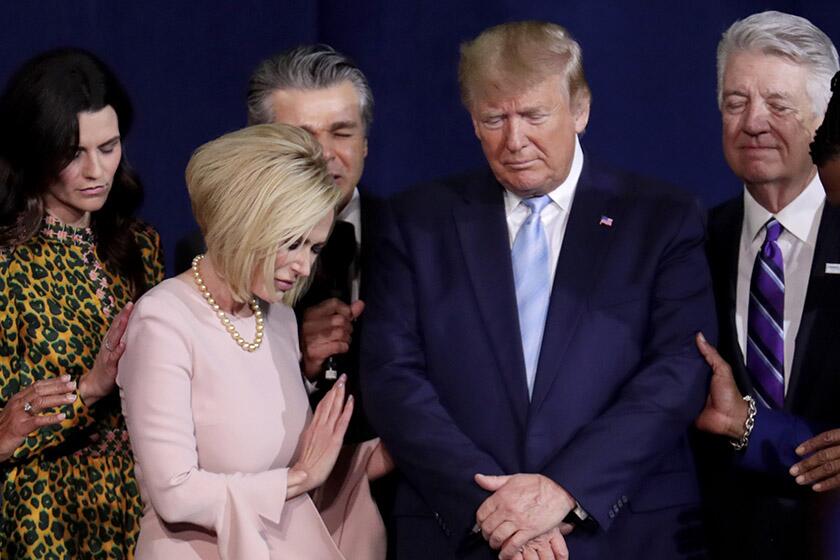Paying for stem cells: A bad idea
Like blood and plasma, stem cells are usually obtained through an easy procedure, and the people who donate them quickly generate more. But in other ways, they’re markedly different. There might be only one or two potential donors who are a good match for a patient in need of stem cells. That means donors who are less than entirely altruistic are in a good position to demand thousands of dollars for their stem cells, which would make the life-saving transplant, sometimes used in the treatment of certain cancers and autoimmune diseases, available mainly to the rich.
The U.S. 9th Circuit Court of Appeals should have taken that into consideration before issuing a confusing ruling: that although bone marrow is covered by a federal ban on compensation for donations, the stem cells from bone marrow are not. In other words, donors could be paid if the stem cells were extracted from the blood but not directly from bone marrow. The latter is less common but usually a necessity for donations to children. This ruling harms the world of stem cell donation more than it helps it.
The National Marrow Donor Program, which keeps the only registry of potential marrow donors in the United States, says it will continue its practice of not paying for stem cells. Looking at what has happened with the sale of blood and plasma makes it clear why. Sellers of plasma are 100 times more likely than donors to have — and deny — a medical condition that could potentially endanger the recipient (although plasma can be sterilized, unlike blood or stem cells). Payment for blood is legal but almost unheard of because of the greater risk. The U.S. Food and Drug Administration requires paid-for blood to be labeled as such, and most hospitals will not use it.
In addition, allowing payment would make the U.S. a rogue nation under international standards; stem cell registries abroad would cut off access for American patients. About 1,200 donations a year to Americans come from abroad, almost a quarter of all donations from non-relatives.
The intentions of those who want to allow compensation are good; they believe it will encourage more people to join the national registry. But the registry already has 9 million donors and is adding 500,000 each year. The problem isn’t finding volunteers, registry officials say, but that there is too little funding for the necessary genetic testing. And the far more common reason more patients don’t get needed transplants isn’t lack of a match; it’s lack of money or health insurance to pay for it.
As a result of the 9th Circuit’s decision, the donor program can’t stop others from offering money, but it can include wording on the standard release that donors sign signaling that they agree not to accept any payment. The FDA, meanwhile, should place the same labeling rules on stem cells as on blood. The ability to save a life is a great motivator for donors, and the recipients are better off if things are kept that way.
More to Read
A cure for the common opinion
Get thought-provoking perspectives with our weekly newsletter.
You may occasionally receive promotional content from the Los Angeles Times.






